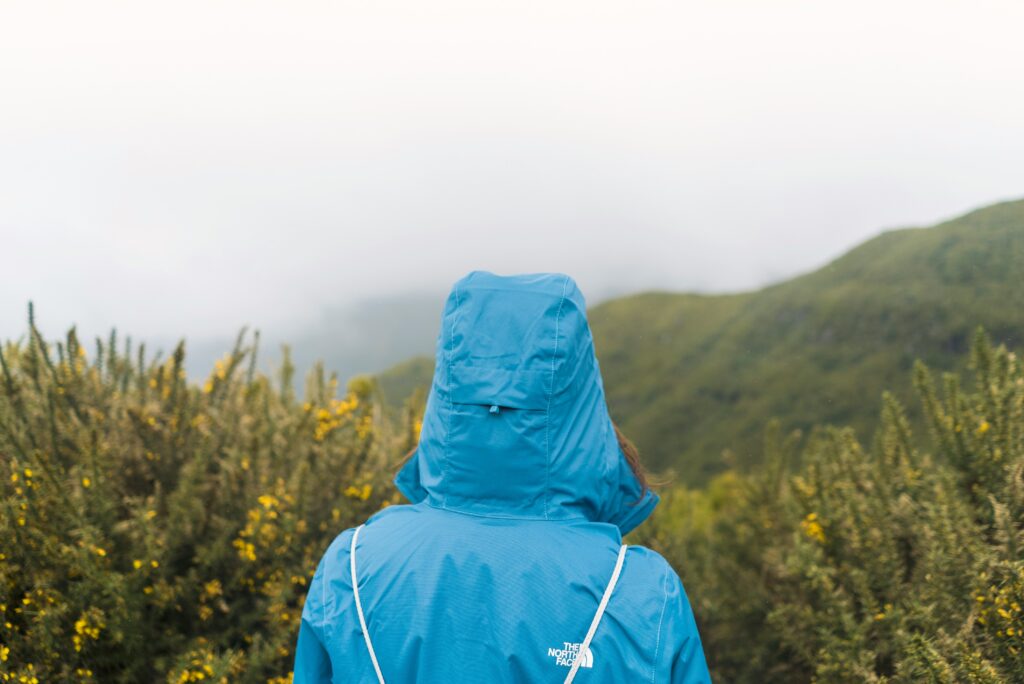Know Before You Go
Before you even lace up your trail shoes, take the time to get weather aware. Being prepared isn’t just about packing gear it starts with understanding the environment you’re stepping into.
Check Real Time Forecasts
Knowing the conditions before you hit the trail is critical. Weather patterns in wild areas can shift rapidly and without warning, so start your prep with updated forecasts.
Use reliable sources like the National Weather Service or local ranger stations
Check for trail specific alerts or advisories
Look at both current conditions and extended forecasts to plan for the full trip
Read the Weather While You Hike
Once you’re on the trail, keep reading the signs around you. Nature gives plenty of clues if you know what to watch and listen for.
Wind shifts can signal an approaching storm system
Cloud formations like dark cumulus clouds may hint at incoming rain or thunderstorms
Rapid temperature drops often precede weather changes, especially at higher elevations
Staying alert while hiking can give you just enough time to adjust your route or find shelter before conditions turn.
Know the Risks of Rapid Weather Changes
Changing weather isn’t only about discomfort it can quickly become dangerous.
Flash floods: Even light rain upstream can cause rivers or narrow canyons to flood without warning
Heatwaves: Dehydration, heat exhaustion, and heatstroke are real risks on exposed trails
Sudden snowstorms: In transitional seasons (spring/fall), snow can fall unexpectedly at elevation, reducing visibility and increasing hypothermia risk
The key is awareness. Check, watch, and adjust it could be the difference between a great hike and a serious emergency.
Build a Flexible Packing Strategy
Let’s keep this simple. When the weather’s unpredictable and it usually is the way you layer makes or breaks your hike. Start with a moisture wicking base layer. It keeps sweat off your skin and saves you from freezing once the sun dips. Next is your insulation: fleece, down, or a good synthetic fill. It traps heat. On top goes your shell layer waterproof, windproof, breathable. Doesn’t have to be fancy. Just has to work.
Now, let’s talk materials. In wet or cold conditions, synthetic insulation outperforms down. It dries faster, insulates when wet, and shrugs off rough handling better. Down may be lighter per ounce, but it turns useless if it gets soaked. Synthetic stays in the game.
As for gear: weather swings demand a few specific items. Gaiters keep water, snow, and debris out of your boots. An emergency bivvy offers life saving insulation if things go sideways. And an ultralight tarp? That’s overhead shelter for midday storms or surprise overnights.
You should absolutely rotate gear with the seasons, but rain protection is non negotiable yes, even in July. Thunderheads don’t read calendars. Keep it compact, keep it ready, and never assume clear skies mean safe skies.
Footwear That Works in Transition Zones
Wet trails and unpredictable ground conditions don’t care about your comfort they’ll test your gear without warning. Start with trail shoes or boots that prioritize grip and drainage. Deep lug soles, sticky rubber, and welded seams are the features that keep you moving instead of skidding. Mesh uppers help shed water quickly, but don’t trade structure for breathability if you’re carrying a heavy pack.
Always pack at least one pair of dry socks in a sealed, waterproof bag. Sounds basic, but wet socks are a fast track to hot spots and blisters minor problems that kill momentum and morale quickly.
If you’re hiking during shoulder seasons (spring melt, fall freeze), traction devices like microspikes can save your ankles on slick rock or icy patches. They’re light, compact, and can turn a sketchy section into a non issue.
Bottom line: your footwear is the only gear that touches the trail every step. Don’t cut corners.
Stay Dry, Stay Alive

Wet insulation doesn’t insulate. If your mid layer gets soaked, you’re basically wearing a sponge. That’s not just uncomfortable it’s dangerous when temps drop. Always pack your insulation (like down or synthetic puffies) in waterproof sacs. Roll top dry bags do the trick. It’s a small change with big consequences.
Now think about your electronics phone, headlamp, GPS plus anything critical like maps or matches. If they’re wet, they’re useless. Bring backup dry bags. Don’t get lazy with this. Even on short hikes, sudden weather turns can ruin your plan and your gear.
One more simple thing: pack a quick drying towel. That sounds like luxury until you’re soaked from a creek crossing or stuck in a storm. You’ll dry off faster, warm up quicker, and feel more in control. It also doubles as a bandage, gear pad, or sun shield if things go sideways. Lightweight, multi use, and smart.
Stay dry or start suffering. Your choice.
High Risk Weather Scenarios & How to Prep
When the sky turns, speed matters. If you’re caught in a thunderstorm, get off exposed ridgelines and peaks fast. You want low ground, but avoid lone trees and open clearings. Crouch low on an insulated pad if you can, keeping minimal contact with the ground. Stay away from metal gear, and if you’re in a group, spread out to reduce the chance of multiple injuries if lightning strikes.
Elevation can also turn on you. Warm days don’t mean warm nights, particularly above 8,000 feet. The temperature can drop 30 degrees in an hour with elevation gain and incoming weather. Always carry an extra insulation layer synthetic or down in a waterproof sack and pair it with a shell. Moving fast helps, but not if you’re soaked. Stay dry, stay layered, and if you’re shivering, stop and warm up before hypothermia slides in.
Heat gets underestimated. Don’t. Pack more water than you think you need and double up on electrolyte tabs. High heat days sneak up, especially in exposed desert or alpine zones. Once dehydration hits, things go downhill fast. Sip often, not just when you feel thirsty. And don’t wait until camp to refuel finger food with salts and sugars goes a long way during climbs.
Emergency Ready Additions
When weather turns, it turns fast and hikers without a plan are the first ones in trouble. An ultralight emergency kit isn’t just smart, it’s essential. Build one specific to the season and the terrain: think waterproof matches, a compact multi tool, high calorie snacks, a headlamp with fresh batteries, and basic medical supplies. If you’re heading into snow or high heat zones, know what extra layers or rehydration tools to stash.
At minimum, always pack a reflective blanket or a bivvy sack. These weigh next to nothing but can save your life by trapping body heat when temps drop or if you’re forced to shelter overnight. Toss it at the bottom of your bag and forget about it until you’re glad it’s there.
Stay sharp, stay prepared. For a solid checklist of what belongs in a weather aware safety kit, check out this guide: Trail Safety Checklist: What You Need for Emergency Preparedness.
Final Gear Check Before You Hit the Trail
Before you step off the pavement, do a head to toe rundown of your gear. Helmet or hat? Check. Sunglasses? Layered up? Rain shell accessible? Gloves, backup light, and those trail poles you always forget? All of it matters when things go sideways mid hike.
Next: check the forecast one last time. Not yesterday’s guess today’s actual radar. Temp drops, wind gusts, storm cells all of that changes how you pack your outer layers, energy snacks, even how much water you bring. Weather doesn’t wait for your itinerary.
Bottom line: treat every hike like the weather will turn against you. Because lately, that’s the norm. In 2026, the climate game isn’t about if it’s when. Build your pack like you’re planning for the worst and hoping for the summit.
